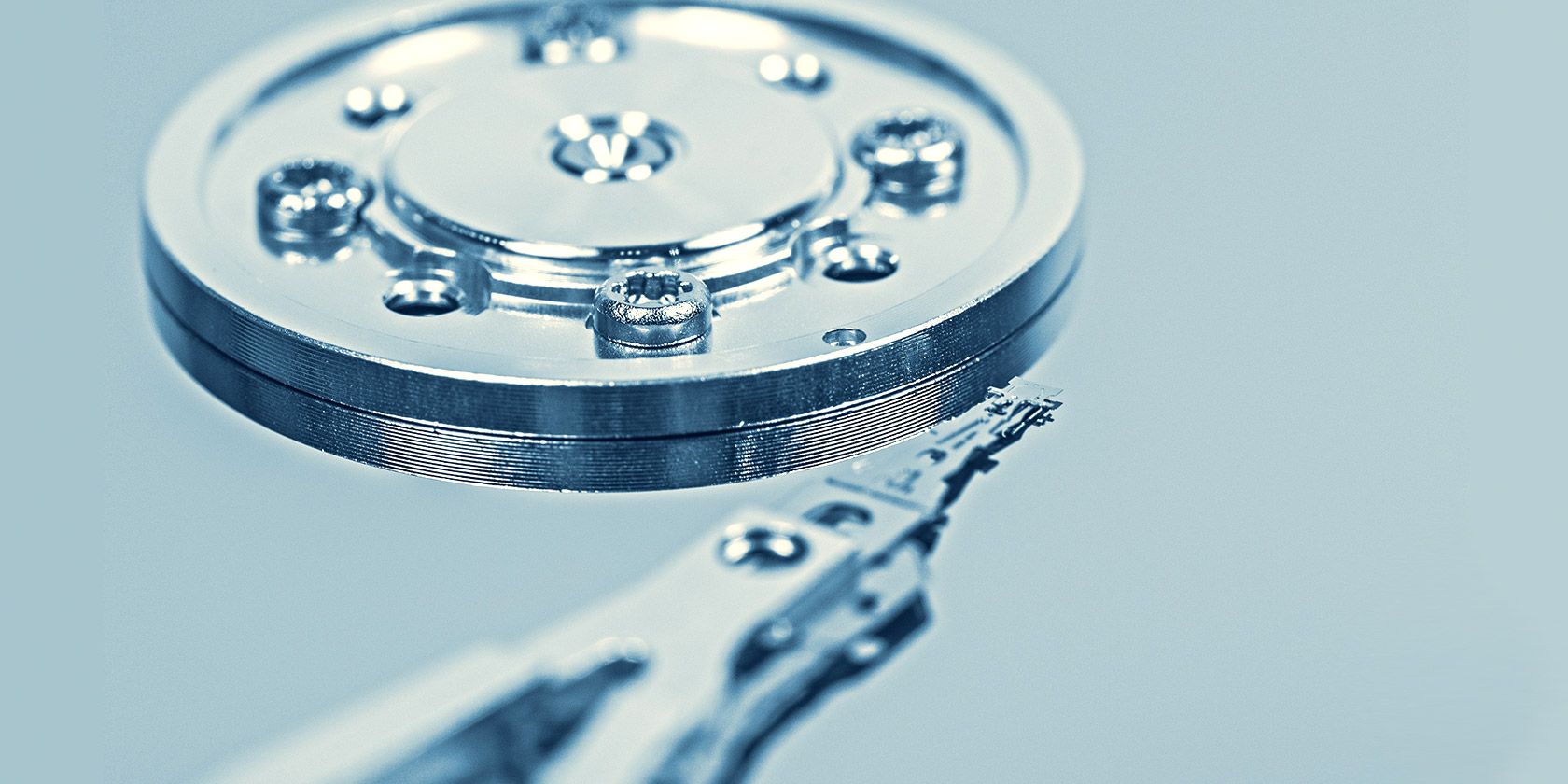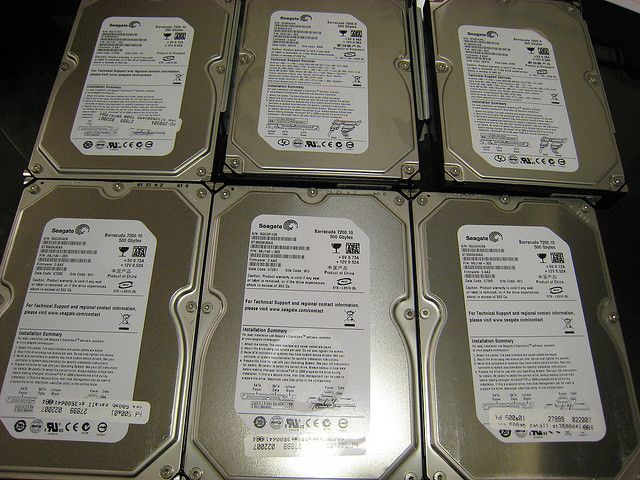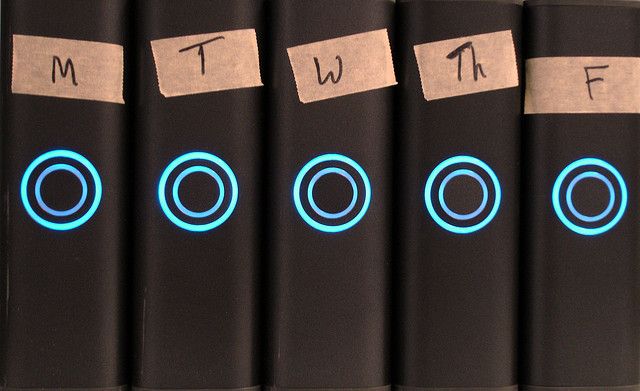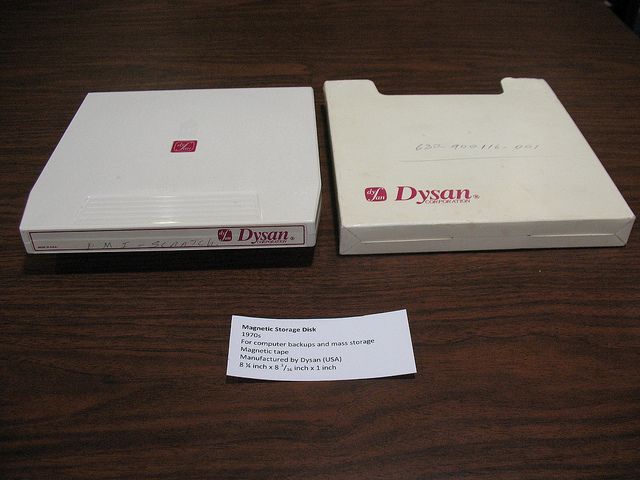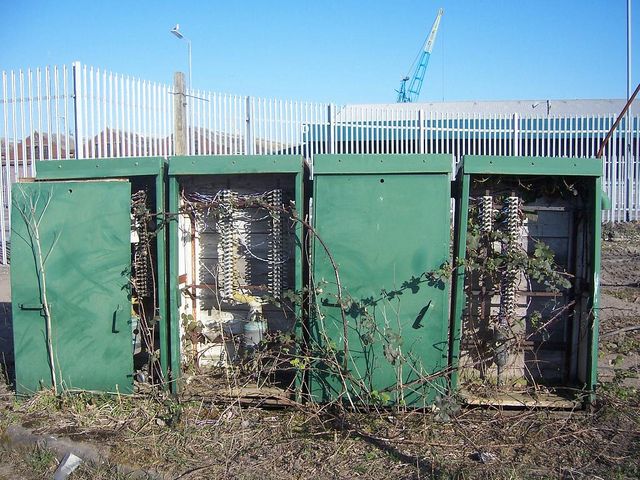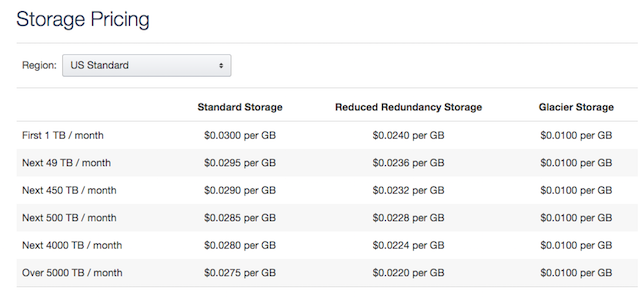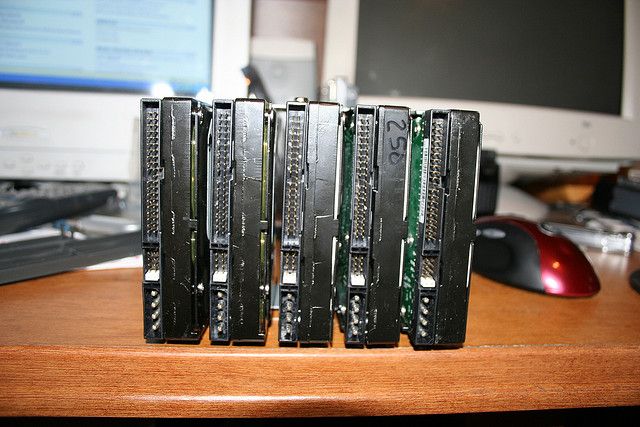What if a software error corrupts a vital file on your computer? What if your office catches fire, taking your servers with it?
What if you suffer a catastrophic hardware failure and lose all your data? What if your ISP has technical issues, and you lose Internet access for a few days?
It's safe to say that these are all uncommon, extremely undesirable outcomes. But it's important to prepare for any possible eventuality, no matter how unlikely, so that service doesn't get disrupted.
The way we do that is with something called 'redundancy'.
What's the Difference Between Backups and Redundancy?
Redundancy is frequently confused with backups. Indeed, the concepts are relatively similar, albeit with some important differences.
Whilst 'backup' is commonly about creating copies of data in preparation for a catastrophic loss, redundancy refers to more than just data storage. It focuses more on the ability to provide a continuity of service, no matter what happens. In terms of data, it's done by ensuring that data is stored in multiple, disparate locations.
There's also network redundancy, where a network is configured with multiple alternate systems to ensure that no matter what happens, there's still a continuity of service.
So, how does it work in the real world? Let's find out, starting with data redundancy.
Data Redundancy
Everyone - businesses and end-users - have quite rapidly become incredibly data driven and computerized. For businesses and companies, everything they know about their customers and clients is recorded, stored, and recalled from computers, to the point where any loss or disruption can be disastrous.
Indeed, according to the National Archives and Records Administration, 93% of all companies that lose access to their data center for 10 days or more ultimately go bankrupt within one year. For businesses, data redundancy isn't optional. It's a mandatory, essential business expense.
It's vital that should data be lost or corrupted, it becomes possible to reconstruct or recover it as quickly as possible, and resume normal service.
There are a number of ways businesses ensure data redundancy. Each come with their own advantages, in terms of speed, cost-effectiveness, and management.
Perhaps the most basic form of data-redundancy is off-site tape backups. Here, a complete bit-for-bit copy of a storage volume is taken and stored on reels of magnetic tape. These are then collected and moved to an off-site storage facility, where they can easily be retrieved in the case of a catastrophic failure.
Magnetic Tapes Are Still Around
Magnetic tape is an incredibly old data storage technology, but one that's still has its place today. Not only is it highly cost-effective, but magnetic tape can store incredible amounts of data. Sony, for example, has built a magnetic tape technology which can theoretically store up to 185 TB of data. Above all, magnetic tape works no matter how fast your network connection is.
Cloud Backups
Another popular approach at ensuring data redundancy is with versioned, online or cloud backups. The online storage sphere is one that's becoming increasingly crowded, with offerings from Google, Microsoft and Rackspace. Despite that, there's only one service that's worth talking about - Amazon Web Services's Simple Storage Service (S3).
Amazon S3 allows you to cheaply, quickly and easily save your data to the cloud. It's a service that has a number of potential applications, and one that's increasingly being used by companies aiming to affordably store off-site backups.
Thankfully, it's a task that Amazon's S3 has managed to excel at. That's largely due to the fact they've got an incredibly attractive pricing model. Instead of charging a flat fee, like other cloud storage providers, customers are charged by the gigabyte. They also have a compelling service level agreement, where they guarantee a near-perfect availability and reliability.
How Amazon Web Services works at a low-level is still somewhat of a mystery. But what we do know is they have data centers in almost every single continent, and all of their servers are configured to be highly redundant, with data stored across multiple systems. This ensures that even if a machine fails in an Amazon data center, your data is safe.
But no matter how you store your redundant data - be that with tape, the cloud, or (not recommended) on a flash drive buried under your garden - the point remains the same. Important data must be duplicated, and kept on a separate storage medium, where it can be easily accessed in case of emergency.
Later, we'll talk about how you can use data redundancy at home, with an emphasis on RAID. Until then, let's talk about network redundancy.
Network Redundancy
The network infrastructure we all use on a daily basis is incredibly fragile. It's all too easy for a freak accident - like someone driving their car into a FTTC cabinet, or a router burning out - to result in a prolonged period of network downtime.
Businesses mitigate against this by ensuring that their networks have adequate redundancy to cope in the case of an emergency.
At its most basic level, this means ensuring that no one failure can take down a network. This is accomplished by having multiple network devices (like routers, switches and hubs) that are configured to take over when one fails.
There's also ISP redundancy. Here, a network gateway is connected to two separate ISPs, with one taking over should the other fail. Whilst both ISPs are functioning normally, traffic can be shared between the two of them, reducing network congestion. This is commonly known as load sharing.
Later, we'll talk about practical ways you can add network redundancy to your home.
Redundancy At Home
At this point, we've talked extensively about redundancy within the context of how businesses operate. But what about ordinary home users?
First, let's talk about data redundancy. Many of the options available to businesses are also available to regular consumers. Take, for example, Amazon S3. For their standard pricing tier, they charge $0.03 per gigabyte under 1 terabyte. To put that in context, that's about $3 per month to store 100 gigabytes.
Amazon S3 can also be easily accessed and controlled from the dedicated OS X, Windows and Linux applications.
If you're looking for data redundancy without having to store your files elsewhere, you can also build a RAID array or a network attached storage.
What's RAID?
The acronym RAID stands for "redundant array of inexpensive disks", and works by combining multiple hard drives into a single logical unit. This has the advantage of providing data redundancy and improved access times. There are many different types of RAID array, each with their own advantages and disadvantages. James Bruce previously published an article explaining RAID storage and how it works.
The biggest advantage of RAID is that should one drive fail, no data is lost due to the redundancy. Since two or more drives are required for a RAID setup, the remaining drives run the show. The damaged drive should be replaced to keep the RAID array going.
So, what about network redundancy? Admittedly, this is something that companies spend thousands setting up.
It's also something that large corporate networks lend themselves favorably to, due to their massive size. Whereas, home networks tend to be significantly smaller, and provide less opportunities for establishing redundancy.
With that in mind, you're probably better of just replacing a component when it fails, rather than take the effort to manually configure a redundant router.
However, you can ensure you're never without an Internet connection by purchasing a mobile WiFi hotspot, or by ensuring you can tether your phone to your laptop.
Avoiding SPOFF
The acronym SPOFF stands for "Single Point Of Failure". It means that should one part of a system fail, the entire system becomes rendered unusable. This is, of course, incredibly undesirable. The way we avoid creating a SPOFF is through redundancy. By ensuring no one thing can stop a system from working properly.
Do you have a story of building a redundant system? Got a cool story of how you ensured continuity of service? I'd like to hear it. Leave me a comment below.
Photo Credits: Preparing hard drives for the home network, Magnetic Storage Disk, Not on Broadband, Five Day's Backup, IMG_1265

